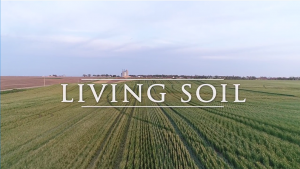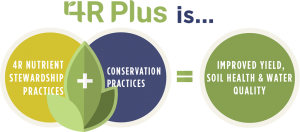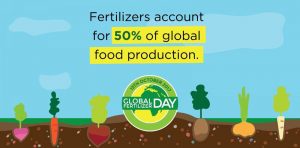National Agriculture Day is celebrated on March 22. This 49th anniversary of National Ag Day is being celebrated in classrooms and communities across the country with a 2022 theme of “Growing a Climate for Tomorrow.”
In a virtual Ag Day event, the Agriculture Council of America (ACA) will bring approximately 100 college students to Washington D.C. to “virtually” deliver the Ag Day message to the Hill. A core leadership team of college students will attend D.C. events in person. There will also be a Celebration of Modern Agriculture on the Mall, and the winner of the ACA’s national Ag Day essay contest will be announced.
These events mark a nationwide effort to tell the true story of American agriculture, to remind citizens that agriculture is a part of all of us. Many agricultural associations, corporations, students, and government organizations involved in agriculture are expected to participate.
The National Ag Day program encourages every American to:
- Understand how food and fiber products are produced.
- Appreciate the role agriculture plays in providing safe, abundant and affordable products.
- Value the essential role of agriculture in maintaining a strong economy.
- Acknowledge and consider career opportunities in the agriculture, food and fiber industry.
For more information on National Ag Day, visit www.agday.org.
Here’s a short video highlighting some Farm Facts:

 Join us in celebrating the world’s farmers. They have set themselves the almost impossible task of feeding more and more people while using less land and fewer resources.
Join us in celebrating the world’s farmers. They have set themselves the almost impossible task of feeding more and more people while using less land and fewer resources.
 The theme of this year’s 49th annual Earth Day on April 22 is “Protect Our Species.” One extremely important aspect of this theme to everyone involved in agriculture is protecting the world’s insect pollinators. The global crop production pollinated by bees is estimated to be valued at $577 billion. Pollinators contribute $24 billion to the U.S. agriculture industry, making up a third of the food consumed by Americans.
The theme of this year’s 49th annual Earth Day on April 22 is “Protect Our Species.” One extremely important aspect of this theme to everyone involved in agriculture is protecting the world’s insect pollinators. The global crop production pollinated by bees is estimated to be valued at $577 billion. Pollinators contribute $24 billion to the U.S. agriculture industry, making up a third of the food consumed by Americans. Our soils support 95 percent of all food production, and by 2060, our soils will be asked to give us as much food as we have consumed in the last 500 years. They filter our water. They are one of our most cost-effective reservoirs for sequestering carbon. They are our foundation for biodiversity. And they are vibrantly alive, teeming with 10,000 pounds of biological life in every acre. Yet in the last 150 years, we’ve lost half of the basic building block that makes soil productive. The societal and environmental costs of soil loss and degradation in the United States alone are now estimated to be as high as $85 billion every single year.
Our soils support 95 percent of all food production, and by 2060, our soils will be asked to give us as much food as we have consumed in the last 500 years. They filter our water. They are one of our most cost-effective reservoirs for sequestering carbon. They are our foundation for biodiversity. And they are vibrantly alive, teeming with 10,000 pounds of biological life in every acre. Yet in the last 150 years, we’ve lost half of the basic building block that makes soil productive. The societal and environmental costs of soil loss and degradation in the United States alone are now estimated to be as high as $85 billion every single year.
 By now, most of us in agriculture have been made aware of the
By now, most of us in agriculture have been made aware of the 
